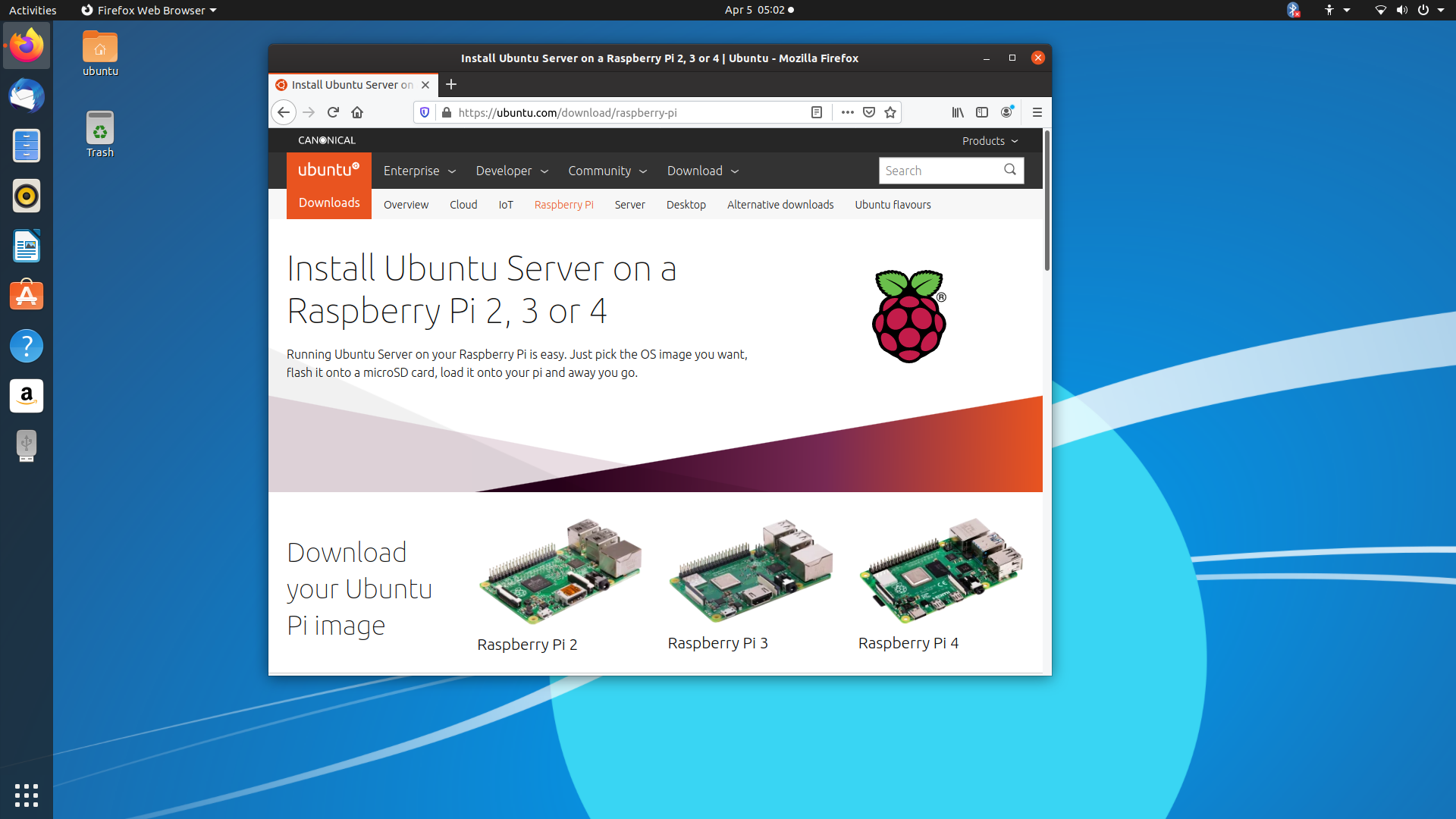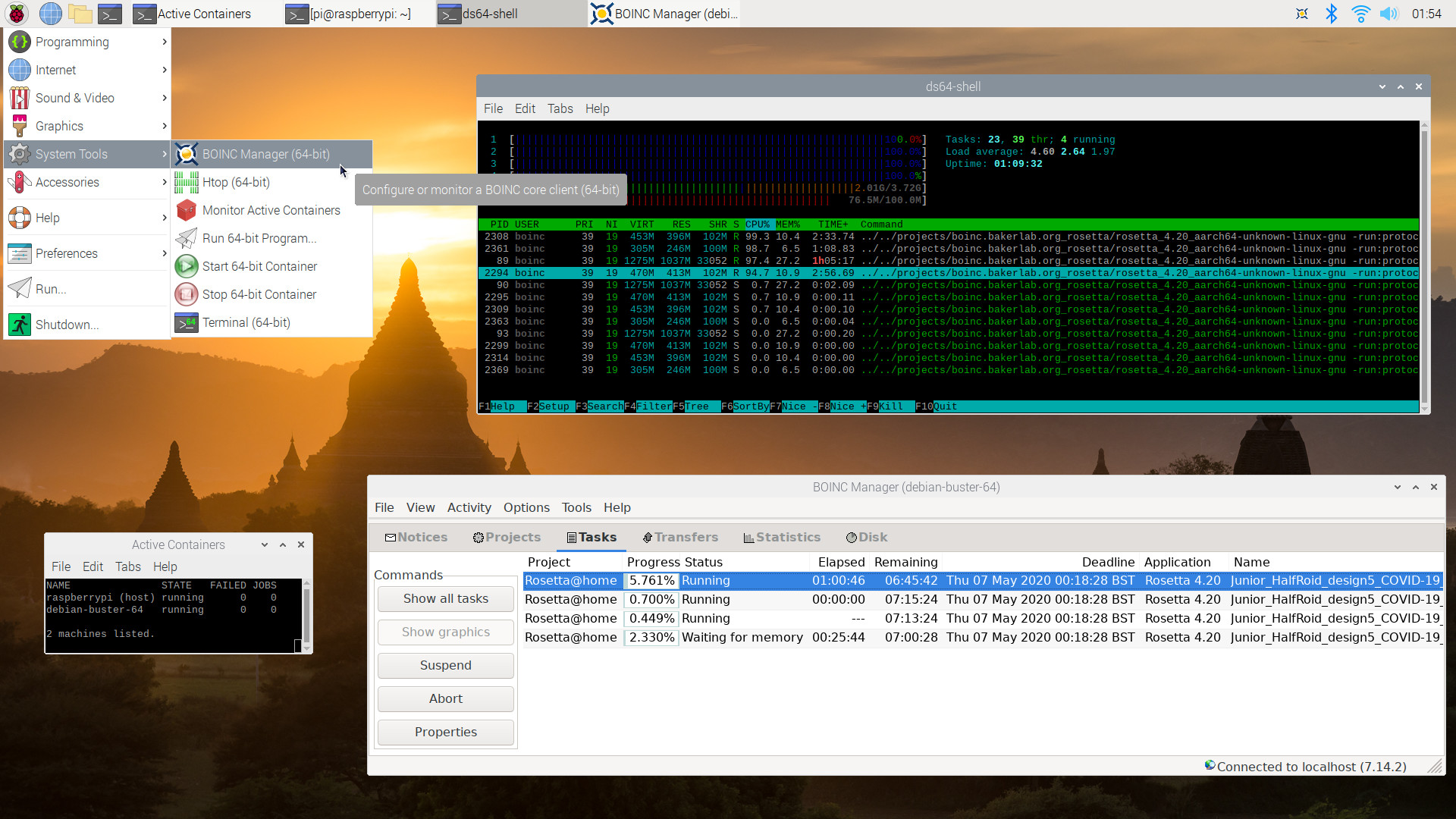

This cookie is set by GDPR Cookie Consent plugin. The cookies is used to store the user consent for the cookies in the category "Necessary". The cookie is used to store the user consent for the cookies in the category "Other.

The cookie is set by GDPR cookie consent to record the user consent for the cookies in the category "Functional". The cookie is used to store the user consent for the cookies in the category "Analytics". Diese Cookies gewährleisten anonymisiert grundlegende Funktionen und Sicherheit der Website. If you do not have an account, you can register here.Īfter configuration, the program automatically downloads a package and starts analyzing.Įinige Cookies sind vom System des Blogs notwendig, können nicht deaktiviert werden. You can choose from a list, here you should use (or whatever you want). When started BOINC manager the first time you have to add a new project.
#BOINC RASPBERRY PI 2 INSTALL#
You can install BOINC manager with your preferred package tool: sudo apt-get install boinc-client boinc-manager boinc-app-setiĪfter successful installation you can find the program in start menu. There are many different projects available that needs your help, is one of them. This program runs in background and uses unused CPU power to compute things. If you want to take part of this project, you will need to install BOINC manager on your Raspberry Pi. It is possible that other intelligent life also uses technology which sends out radio signals. The aim of this project is to find traces of intelligent life. The recording is simple, but the signal analyze needs a lot of CPU power, so the project enables you as owner of a computer to help with unused CPU time. Apply changes using commands: (or just restart RPI)ĮDIT: lzo/lzo-rle compression does not seem to provide enough compression, use this approach with deflate / zlib / lz4hc instead: i) Create file " /usr/bin/zram.A project to analyze radio signals from space that were recorded by space observatories. Alternatively, any value over 220% should be enough on Raspbian, on Ubuntu I would choose 250 due to higher idle memory usage. The standard compression algorithm LZO seems to be able to compress Rosetta's task with a coefficient of around 2.6, that is why I am setting up my ZRAM partition size to be 250% of my RAM. This can be achieved either by using ZRAM partitions with a size around 2GB or alternatively having RPI 4 with 2 or 4 GB RAM. For 4 cores running 4 WUs, you want 2GB memory available for BOINC (500MB per WU). Otherwise here is a guide for setting up BOINC: I assume that you have Raspbian (or 64bit Ubuntu) installed and BOINC running. I will be setting up RPI 3B+ with 1GB RAM and 16GB SD card. The newest version of Raspbian or alternatively 64bit Ubuntu Server Raspberry Pi witch Cortex A53/A72 cores (everything from 2B 1.2, and 3B up with at least 1GB RAM)
#BOINC RASPBERRY PI 2 HOW TO#
This guide has been updated and now - after 6 evenings of work - provides precise information about how to set up Rosetta to run 4 work units at the same time on both Raspbian and Ubuntu. It seems like many people are struggling with it. I would like to make a guide for getting the Rosetta to run on Raspberry Pi 3B+, or probably any other board with 1GB and more RAM.


 0 kommentar(er)
0 kommentar(er)
